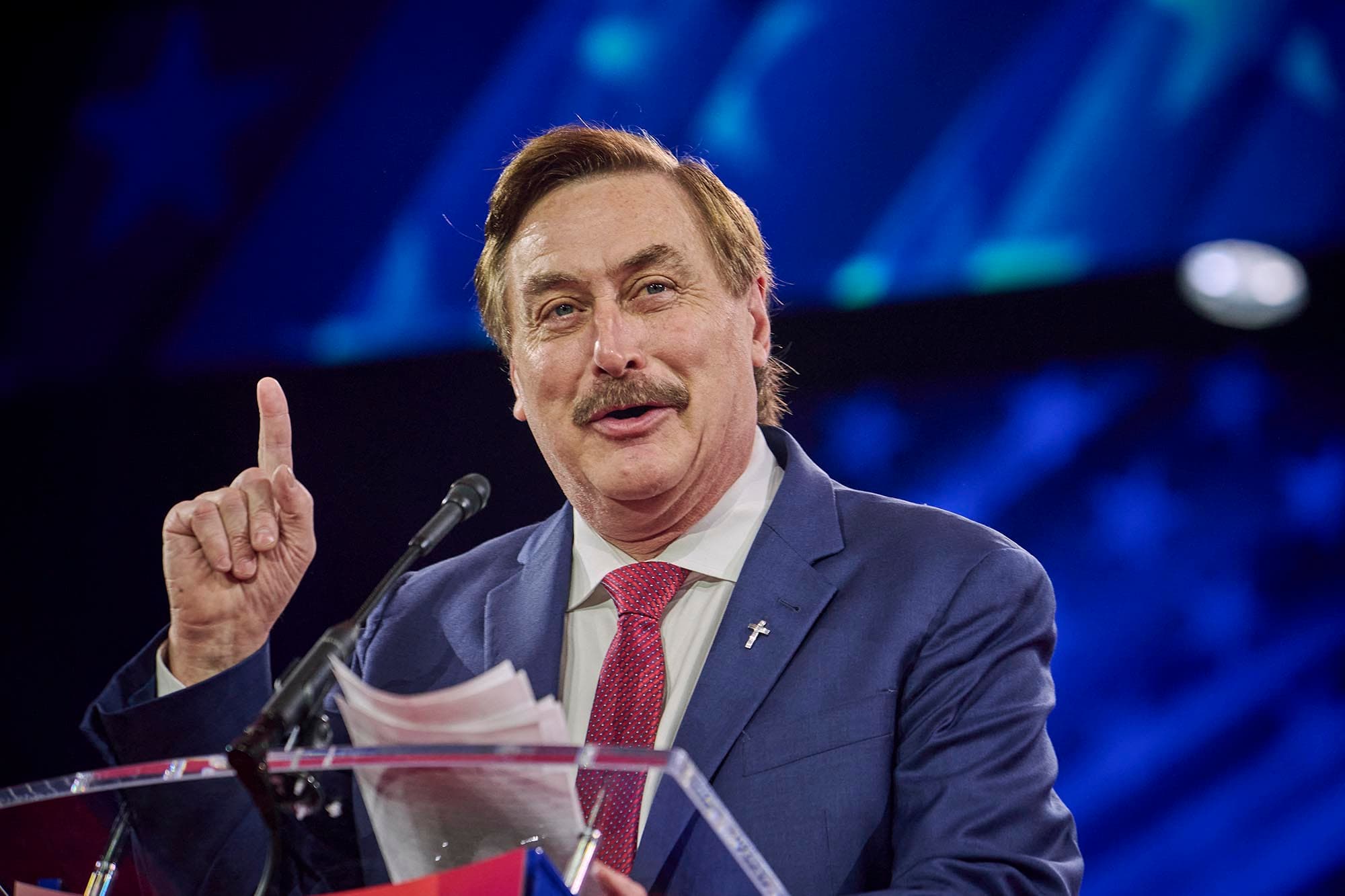The median voter age in Austria is projected to rise to 56 by 2025, significantly impacting electoral representation. This increase indicates a shift in the proportion of older to younger voters, with power becoming concentrated in an older demographic as they age, rather than being passed to younger generations.
The youngest quartile of voters, aged 16 to 36 in 2025, consists of three distinct groups: those born before the internet, those who experienced the early internet, and the so-called "iPad kids." In contrast, the dominant quartile, which spans from the median age of 56 to the 7th percentile at age 67, belongs to a single generation with a narrower age range of just nine years. This demographic shift suggests that younger voters may not be represented as a cohesive voting block in Austrian electoral politics.
The concentration of electoral weight among older voters raises concerns for the functioning of Western democracies. Policies may increasingly reflect risk-averse behaviors, such as financial strategies aimed at stabilizing stock market values and health expenditures that prioritize access for older populations. As a result, legislative actions that could address the needs of younger voters, such as making housing more affordable for young couples, may be overlooked.
As previously reported, one quarter of Austrian voters is projected to be aged 67 or older by 2025, further emphasizing the implications of this demographic trend on the political landscape.








![[Video] Coast Guard sniper takes out narco-boat in Eastern Pacific](/_next/image?url=%2Fapi%2Fimage%2Fthumbnails%2Fthumbnail-1765029104101-04awi-thumbnail.jpg&w=3840&q=75)